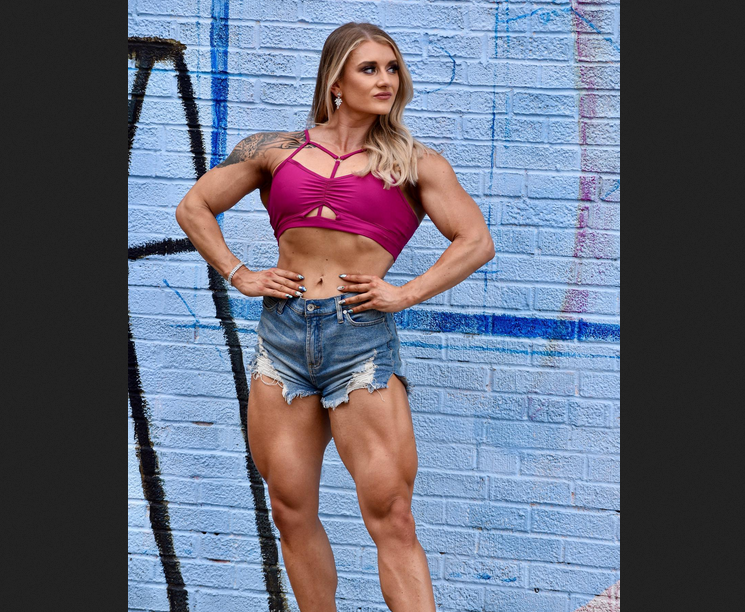Always warm up each time for a 5 minute period, by riding a stationary bike or walking on a treadmill. This is done prior to stretching the legs because you want the blood flowing. Make sure you stretch the quads, hams and calves for a couple of minutes to avoid any type of injury. However, if you are not familiar with those muscle groups, read on!
The quadriceps consist of 4 muscles, hence the word 'quad' meaning, four. These are located on the front of the leg or the thighs and allow a variety of movements such as extension of the knee and flexing the hip. They are the largest muscle group in the body.
The hamstrings are located at the back of your upper legs and they work together with the quadriceps(quads) and allow for flexing at the knee. The hamstrings consist of 4 muscles. A very common injury is because of weak hamstrings so it is very important you train your hamstrings to help prevent injury.
The gluteus or bum muscle is a big slab of muscle and is responsible for power in squatting movements. The gluteus gets indirect work from most upper leg exercises which in turn stimulates them to grow alongside the quads and hamstrings.
The fourth major muscle in the legs is the calf muscle. These allow for pointing your toes. Most sports players have great calves because they stay on their toes.
The quadriceps consist of 4 muscles, hence the word 'quad' meaning, four. These are located on the front of the leg or the thighs and allow a variety of movements such as extension of the knee and flexing the hip. They are the largest muscle group in the body.
The hamstrings are located at the back of your upper legs and they work together with the quadriceps(quads) and allow for flexing at the knee. The hamstrings consist of 4 muscles. A very common injury is because of weak hamstrings so it is very important you train your hamstrings to help prevent injury.
The gluteus or bum muscle is a big slab of muscle and is responsible for power in squatting movements. The gluteus gets indirect work from most upper leg exercises which in turn stimulates them to grow alongside the quads and hamstrings.
The fourth major muscle in the legs is the calf muscle. These allow for pointing your toes. Most sports players have great calves because they stay on their toes.
Obviously, you need to keep an eye on the calories if you are serious about eradicating fat and staving it off. For a rough guide of your calorie maintenance level you can multiply your weight in pounds by 15 for men or 12 for women. Therefore a 160 pound man would require (15x160) = 2300 calories per day to maintain the same weight. As you can figure out, from there you can reduce your calorific intake accordingly if you want to lose or gain muscle but at least you have a baseline figure to work from.
Squatting is my favourite exercise. The squat affects your entire body because of the energy expended while holding the weight on your upper back/shoulders. It specifically works the thigh muscles, the gluteus and hamstrings are involved in the movement. In addition, there are many ways to do the exercise. You can squat slowly with the bar across you shoulders. Or you can do 'squat thrusts', which of course require no weight. The latter is more of a cardio vascular approach, but concentrates on the stomach muscles and the other leg muscle groups as mentioned above.
Stay between 10 - 15 reps for each exercise. The first set is a warm up, and then pyramid the weight up so that the 10th rep on the last set is to failure. Take a 60 second rest between each set and sometimes longer because the legs can handle heavier weight and need the recuperation time.
Treat your body holistically appropriately paying attention to all the major muscle groups, and it will reward you with impressive growth. Leg training will be as important than any other body area when it comes to achieving your overall definition objectives.
Squatting is my favourite exercise. The squat affects your entire body because of the energy expended while holding the weight on your upper back/shoulders. It specifically works the thigh muscles, the gluteus and hamstrings are involved in the movement. In addition, there are many ways to do the exercise. You can squat slowly with the bar across you shoulders. Or you can do 'squat thrusts', which of course require no weight. The latter is more of a cardio vascular approach, but concentrates on the stomach muscles and the other leg muscle groups as mentioned above.
Stay between 10 - 15 reps for each exercise. The first set is a warm up, and then pyramid the weight up so that the 10th rep on the last set is to failure. Take a 60 second rest between each set and sometimes longer because the legs can handle heavier weight and need the recuperation time.
Treat your body holistically appropriately paying attention to all the major muscle groups, and it will reward you with impressive growth. Leg training will be as important than any other body area when it comes to achieving your overall definition objectives.




























No comments:
Post a Comment